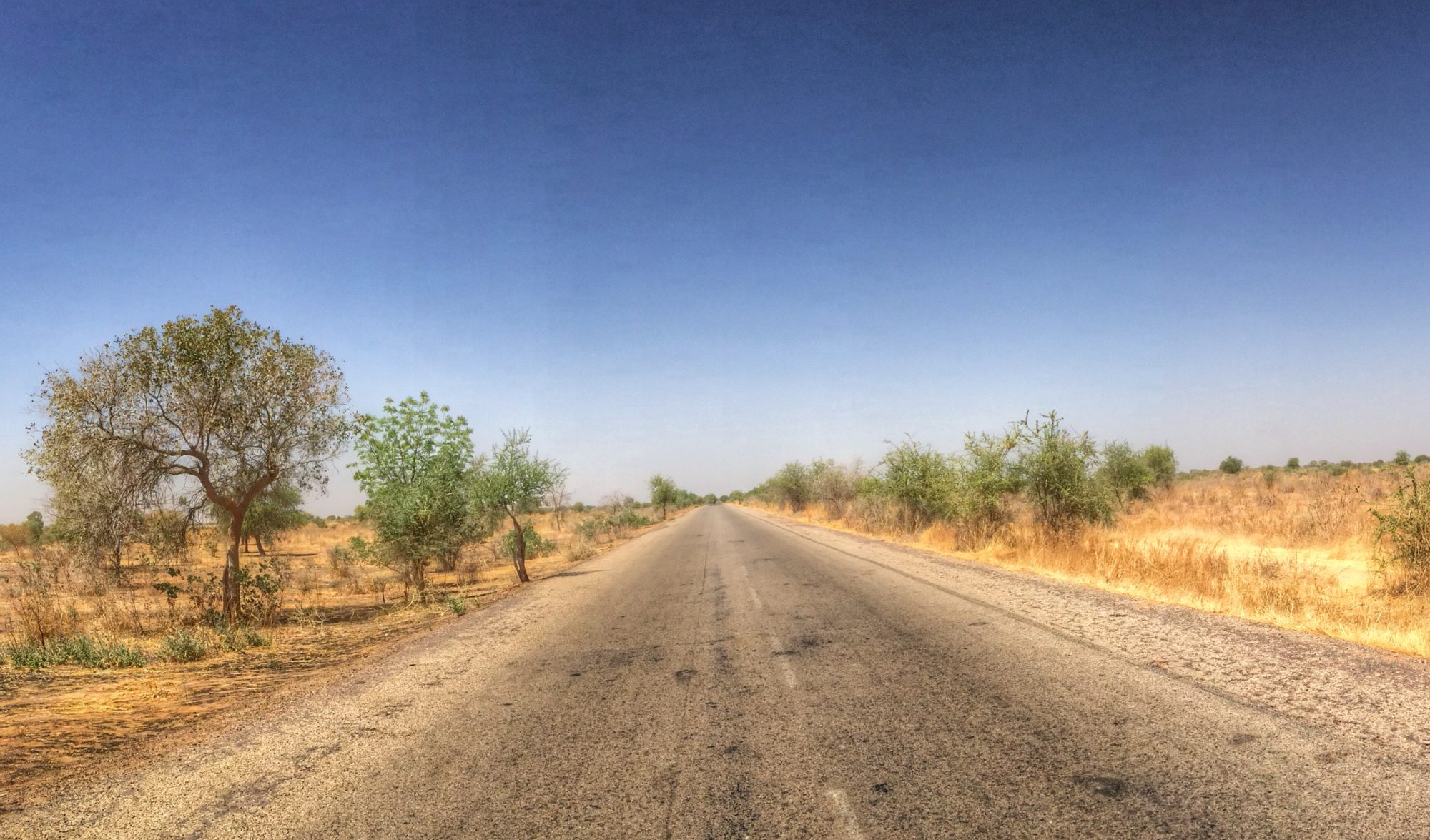Today, on Saint Patrick’s Day, we spent some time telling his story and even praying a prayer called “Saint Patrick’s Breastplate Prayer.”
A very famous portion of the prayer is:
Christ be with me,
Christ within me,
Christ behind me,
Christ before me,
Christ beside me,
Christ to win me,
Christ to comfort and restore me.
Christ beneath me,
Christ above me,
Christ in quiet,
Christ in danger,
Christ in hearts of all that love me,
Christ in mouth of friend and stranger.
(See what we prayed here)
In re-reading Patrick’s story in his own words from his “Confession,” I was stunned by how Patrick’s destiny was disrupted. After being kidnapped by pirates, put into slavery and a miraculous escape, he was back home in England and describes what God did here:
And after a few years I was again in Britain with my parents [kinsfolk], and they welcomed me as a son, and asked me, in faith, that after the great tribulations I had endured I should not go anywhere else away from them.
And, of course, there, in a vision of the night, I saw a man whose name was Victoricus coming as if from Ireland with innumerable letters, and he gave me one of them, and I read the beginning of the letter: ‘The Voice of the Irish’; and as I was reading the beginning of the letter I seemed at that moment to hear the voice of those who were beside the forest of Foclut which is near the western sea, and they were crying as if with one voice: ‘We beg you, holy youth, that you shall come and shall walk again among us.’ And I was stung intensely in my heart so that I could read no more, and thus I awoke. Thanks be to God, because after so many years the Lord bestowed on them according to their cry. (# 23 on pg. 9)
2 Stunning Aspects of Patrick’s Calling
1) Patrick Mentions his Parents’ Desires:
In just a few significant lines, Patrick outlines the overwhelming desire of his parents–for their son’s safety and for him to stay close to them. We aren’t told how this was intimated, but Patrick knew what they wanted.
“Good” Christian parents in our time and country have the same desire: for their children to be safe and to stay close (maybe more for the future grandkids). Often this isn’t intimated to the children, but they know what their parents want. Is this part of what holds back the extension of Jesus’ work in our world?
I just heard Dave Guiles share a message about our God who disrupts destinies–not only for salvation, but for calling to serve King Jesus in ministry and on mission. He has often remarked that the recruitment of future missionaries must address the parents and grandparents of young missionary families to release them to God’s work–which is hardly ever close geographically, and often not safe either.
During the same conference where Guiles was  disrupting destinies, the other main session speaker Matthew Ellison shared a message entitled, “When Safety is Satanic.” I highly recommend you take a listen to that Biblical and challenging message out of Mark 8 and Hebrews 10.
disrupting destinies, the other main session speaker Matthew Ellison shared a message entitled, “When Safety is Satanic.” I highly recommend you take a listen to that Biblical and challenging message out of Mark 8 and Hebrews 10.
Patrick seems to have felt the pressure from his parents. The connecting phrase he choses in this confession is so telling–“And, of course.” If I can paraphrase: “Mom and Dad want me to stay home and be safe. And, of course God has work for me to do in a dangerous place far away.” Patrick accents that the what God desires must supersede what parents desire. And he proved it with his life.
2) Patrick’s Calling was for the Crying Irish
He concludes his “calling story” without a self-centered focus. “Thanks be to God, because after so many years the Lord bestowed on them according to their cry. “
Patrick saw that his calling was part of the Irish “crying.” It wasn’t about him, it was about those he would go to love, serve and shepherd. Patrick’s calling wasn’t for his benefit, ego, identity or resumé, but because of God’s moving for the benefit of the Irish.



